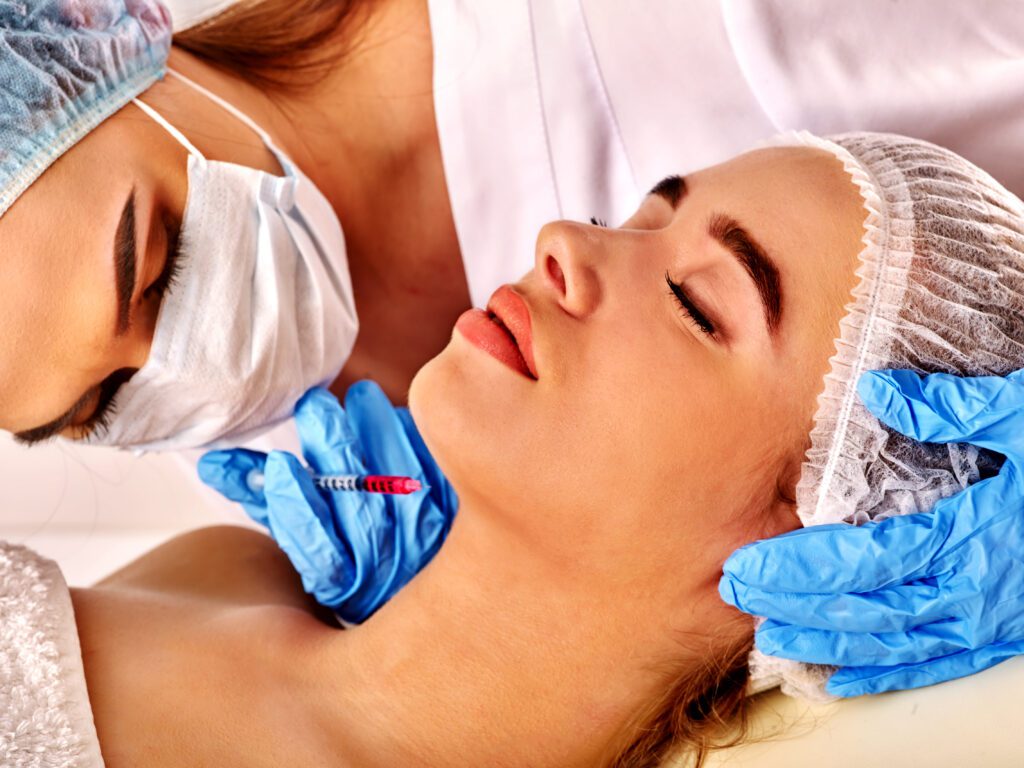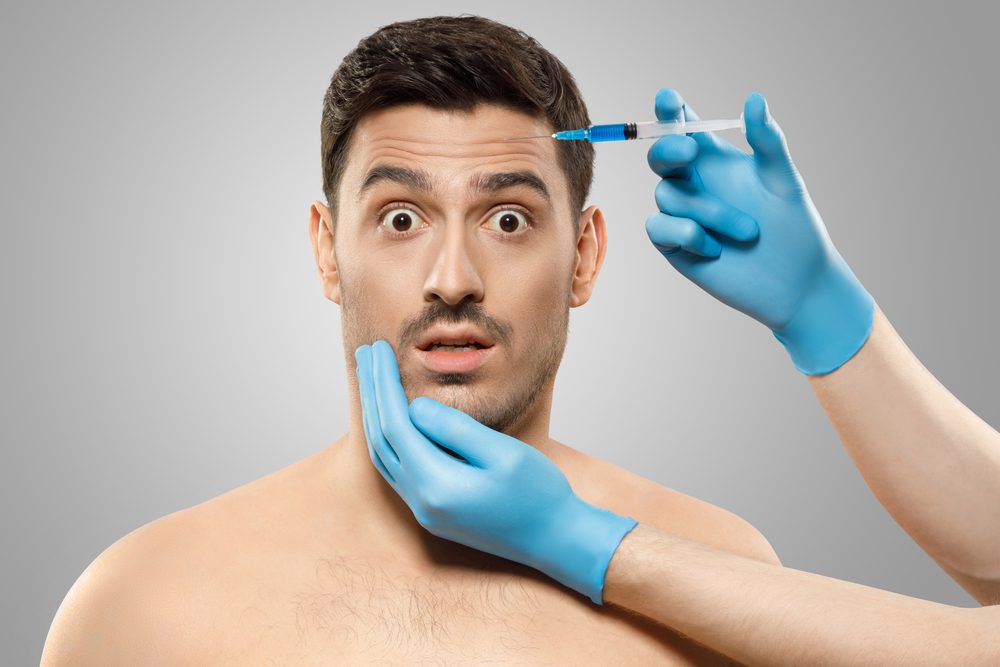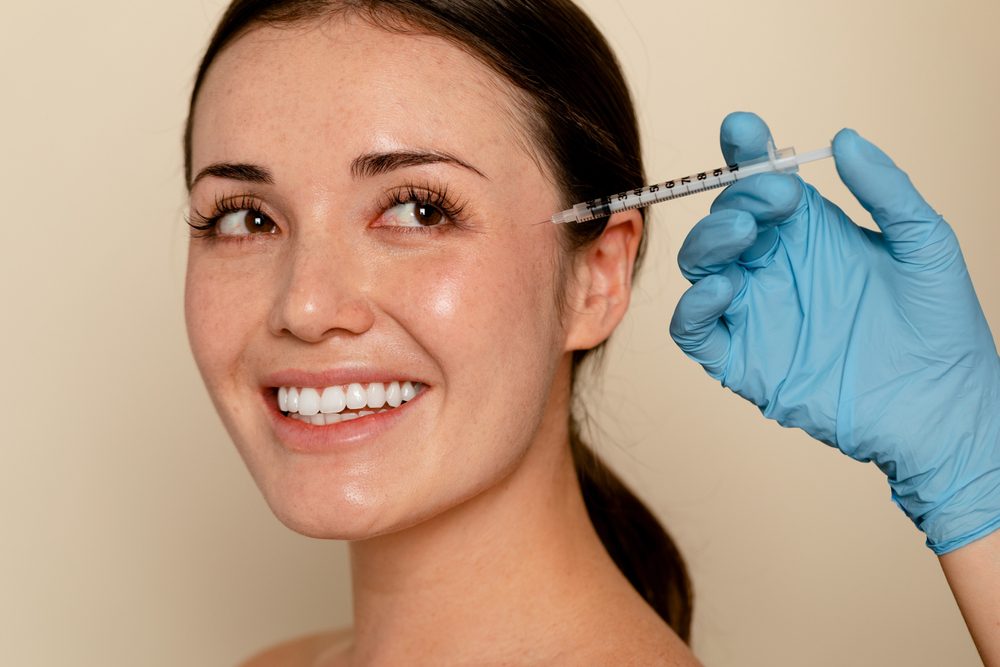
In the ever-evolving world of beauty and skincare, advancements in cosmetic procedures have paved the way for innovative techniques to help people maintain a youthful appearance. Among these breakthroughs, a type of Botox® treatment known as neck Botox® has emerged. Gone are the days when the focus was solely on facial rejuvenation using botulinum toxin A. Now, individuals seek comprehensive Botox® treatments to address various signs of aging, including in the neck area.
The Age-Defying Neck Botox®
Neck Botox®, also known as a Nefertiti Lift and Botox® for turkey neck, is a non-surgical cosmetic procedure that involves injecting botulinum toxin A (commonly known as Botox®) into the muscles of the neck. The neck contains a muscle called the platysma that forms vertical bands and may lead to a more aged appearance. The primary goal of neck Botox® is to improve the appearance of the neck by reducing the appearance of wrinkles and banding.
Targeting the Telltale Signs of Aging
Botox® works by temporarily blocking nerve signals in the injected muscles, leading to muscle relaxation. That’s why Botox® is so effective in the treatment of fine lines. It prevents certain movements from taking place so that lines cannot form.
In the context of neck Botox®, this muscle relaxation helps smooth out wrinkles in the same way. However, since there is more sagging skin in the neck as compared to other parts of the face, using more Botox® in the neck to freeze muscle movement can also smooth and tighten the skin around the neck, reducing the appearance of wrinkles as well as reversing the signs of aging.
As real patients in these neck Botox® before and after photos show, the results of this procedure can be very dramatic, even though the procedure is minimally invasive.
The Procedure: Painless and Quick
Patients getting Botox® for a sagging neck can expect a relatively quick and minimally invasive procedure. Experienced Botox® practitioners will inject a series of small injections into specific muscles in the neck. The exact location of the muscles is unique to each patient, as the purpose is to target areas where wrinkles or sagging are a concern.
The procedure usually takes about 15 to 30 minutes, depending on the number of injections a patient receives, and patients can go back to their normal activities right after treatment. No downtime is required following a Botox® procedure.
Youthful Neck, Youthful You: The Aftermath
Because Botox® works to relax muscles and inhibit movement, a patient’s true neck Botox® before and after results will take a few weeks to become apparent. Most patients start to see noticeable changes within a few days, especially when they are targeting sagging neck skin. The full effect should be visible within two weeks.
Like many noninvasive cosmetic procedures, neck Botox® results are not permanent. Generally, the effects of Botox® last around 3 to 4 months, so patients will need to book future Botox® treatments for touch-ups.
Safety First: Choosing a Qualified Practitioner
As with any cosmetic procedure, before getting Botox® for a sagging neck, it’s crucial to consult with a qualified and experienced practitioner. At The Rejuva Center at Williams in Albany, NY, our Botox® technicians have years of experience helping patients design custom treatment plans for their neck as well as other Botox® treatments. We even have a special patient portal just for booking Botox® treatments with us.
During your Botox® consultation, we will begin with an assessment of your specific needs, discuss your expectations, and address any concerns you might have. Remember, communication is key — make sure you express your desired outcome and ask any questions you may have; we are always happy to help. After this appointment, we will help you develop a Botox® plan and schedule that fits your needs and budget.
Complementary Treatments: Enhancing the Results
While quite effective on its own, a neck Botox® regimen often yields the best results for patients when it’s combined with complementary treatments. For many patients, implementing multiple treatments is the most effective way to get results that last longer and achieve their desired results. The most popular complementary treatments include:
- Dermal fillers such as Juvéderm® and Restylane®: Dermal fillers can add volume to areas that may have lost elasticity or appear sunken. They work well with Botox® for those who want to achieve a more comprehensive neck rejuvenation.
- Laser therapy: Laser treatments can target skin issues like discoloration, sun damage, and uneven texture. When combined with neck Botox®, laser therapy can help to further smooth skin and enhance the overall appearance of the neck from all angles.
- Kybella®: Another type of injectable treatment, Kybella® contains a synthetic form of deoxycholic acid, a molecule found in the human body that aids in the breakdown and absorption of dietary fat. When injected in targeted areas, Kybella® literally kills fat cells, reducing fat volume in the treatment area. When paired with Botox® for neck rejuvenation, Kybella® is effective in helping address sagging skin issues, such as turkey neck and a double chin.
During your Botox® consultation, The Rejuva Center staff will discuss the possibility of implementing complementary treatments alongside your Botox® treatment plan. Call us at 518-308-4115 to schedule your consultation today.
Recent Posts

Blog
5 Reasons Why You Should Stay Away From Botox Parties
Here’s what you need to know, including why you should stay away from Botox parties!

Blog
Getting Botox Young: Will It Make Me Look Older in the Future?
If you’re considering Botox as a preventative measure, it’s important to understand the impact it may have on your future appearance.

Blog
How Much Does Botox Cost in Saratoga Springs, NY?
If you’re interested in this procedure, you’re likely wondering about the Botox cost in Saratoga Springs, NY. Read on to find out!

Blog
What’s the Best Age to Start Botox?
If you’re looking for a way to maintain youthful skin and prevent wrinkles, Botox can be a game changer – but timing is everything.